Many folks are familiar with the look and feel of vintage lenses without even realizing it. Tons of photo editing apps are specifically designed to emulate different effects that were “issues” with old vintage glass. Some of these old issues such as light leaks, scratches, and weird Bokeh, have been “fixed” with modern manufacturing techniques.
After seeing so many options to add retro looks, I started wondering why is this a thing? Why do we like to add back these imperfections?
I think it’s because the imperfections of old glass added a unique character that has since been lost in the pursuit of perfection. The older manufacturing processes resulted in different characteristics even between the same lenses made at the same factory. I have four Vintage lenses that I am constantly using in my photography mainly because of the look, feel, and character they lend to my images. I’ll give you a bit of a rundown on each of them.
Vintage Lenses I Currently Use
- Jupiter 37a 135mm f3.5
- Helios 44-2 58mm f2
- Minolta MC Rokkor-PF 58mm f1.4
- Minolta Rokkor 50mm f3.5 Macro
The first is the Russian made Jupiter 37a 135mm f3.5 manual focus lens. I purchased it on eBay direct from a Russian seller for less than $50 shipped. My copy was manufactured in 1982 and has many unique “imperfections”. The glass has small air bubbles near the edges inside the lens element. This was a manufacturing glitch that makes for interesting blur wide open. What really sold me on this lens was also the fact it has 12 aperture blades that make for awesome circular Bokeh. It’s a bit soft wide open but I like soft if it also includes crazy cool Bokeh!
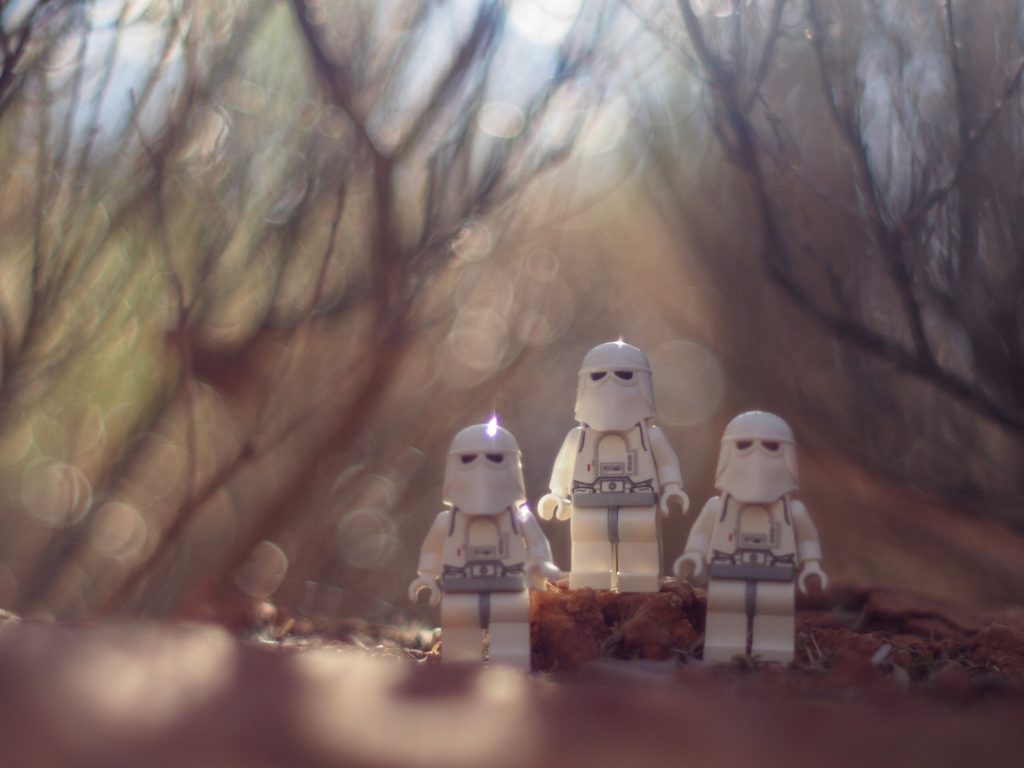
Threedom
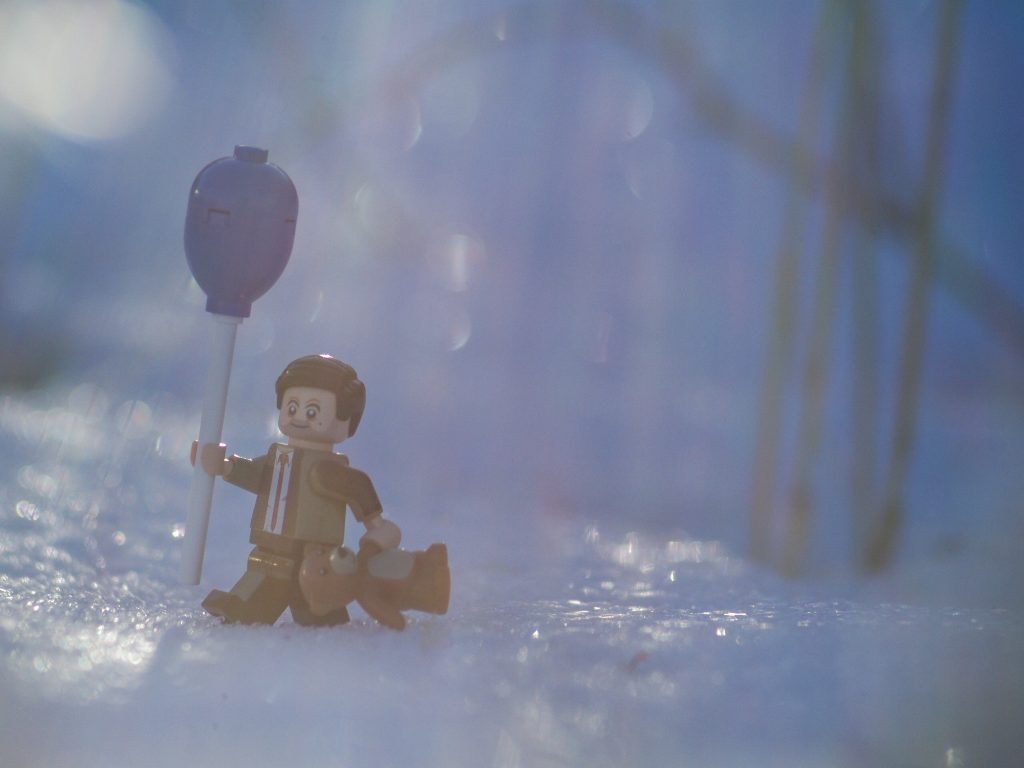
Mr. Bean Early Blue Hues
The second is also a Russian made MF lens – the Helios 44-2 58mm f2; I have an early copy from the 50s. This lens has some unique swirly Bokeh that deforms on the edges. I acquired mine about 18 years ago and it came with my first film camera – the Zenit-E rangefinder. It is built like a tank. Most vintage lenses are built out of sturdy metals and glass and were made to last a lifetime. I guess they hadn’t quite discovered plastic or engineered obsolescence.
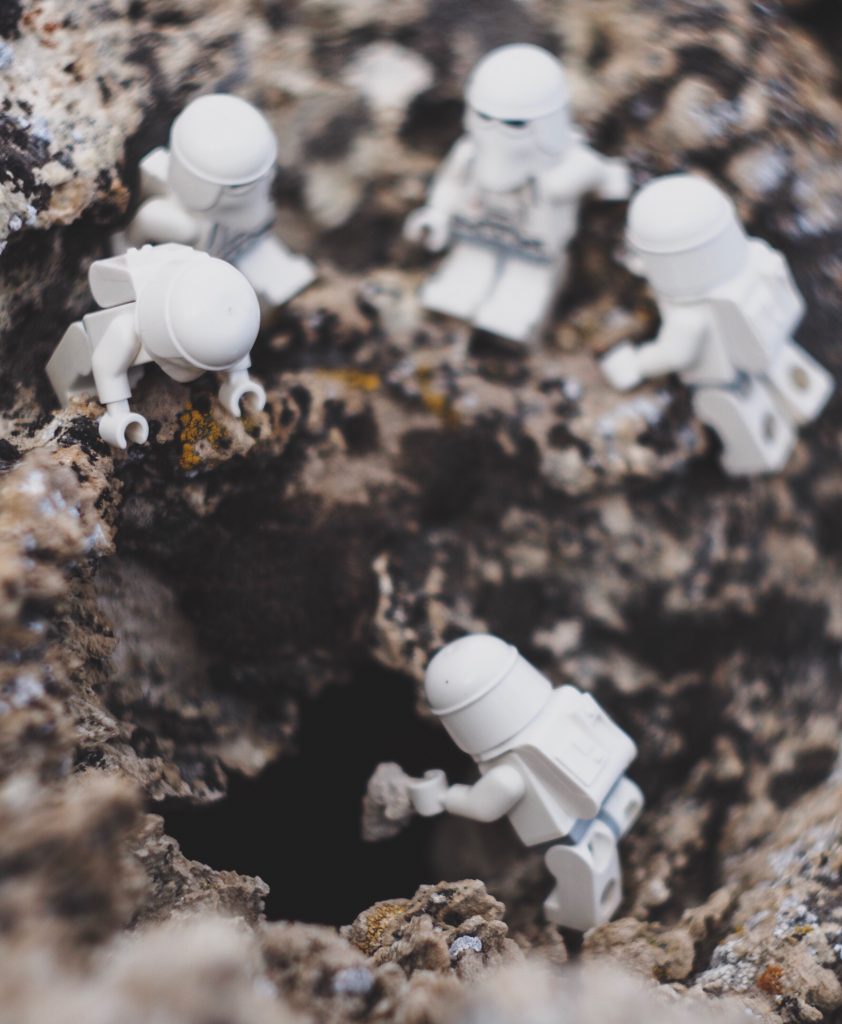
Hollow Hoth? A Drop Test to Oblivion
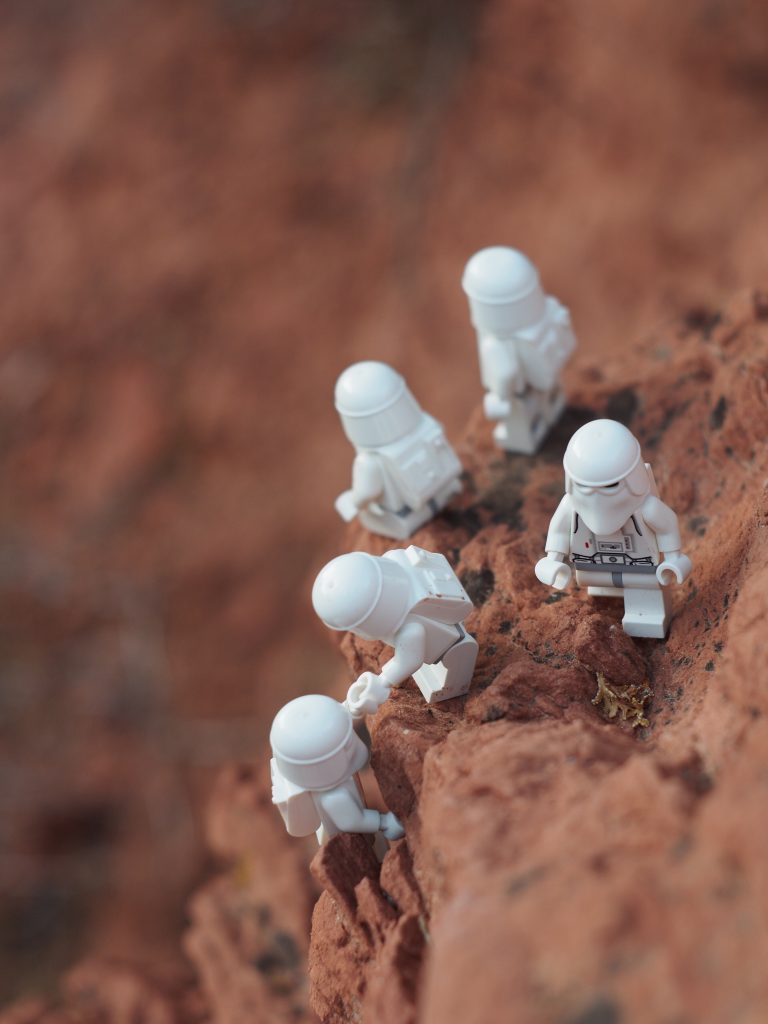
No Snow in Sight
The third lens is my fastest – the Minolta MC Rokkor-PF 58mm f1.4. I attribute about 50% of my shots over the past few years to this one. My copy was purchased at a thrift shop for $10 and my older brother Nathan (IG @talking_tree) carefully disassembled and cleaned all the dirt out of it. I’ve gotten some of my best Bokeh shots with this lens especially shooting toward the sun in the mornings.
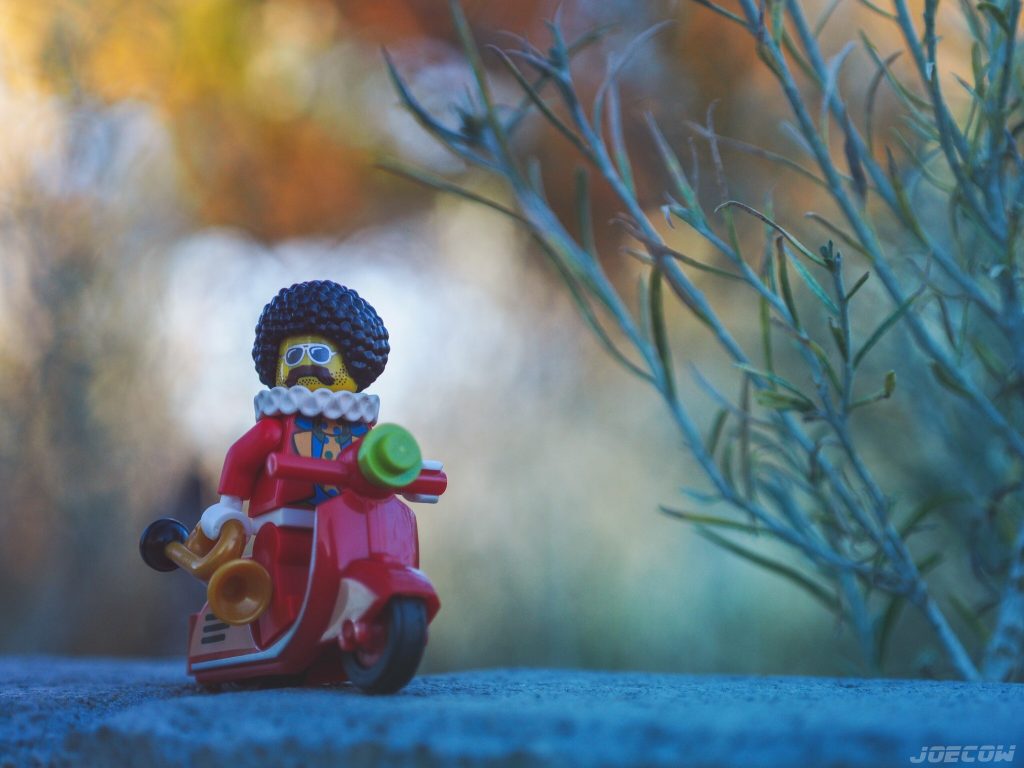
Elvio Diego Josè Francisco de Paula Juan Nepomuceno María de los Remedios Cipriano de la Santísima Trinidad Ruiz… and his Low Ride Scooter
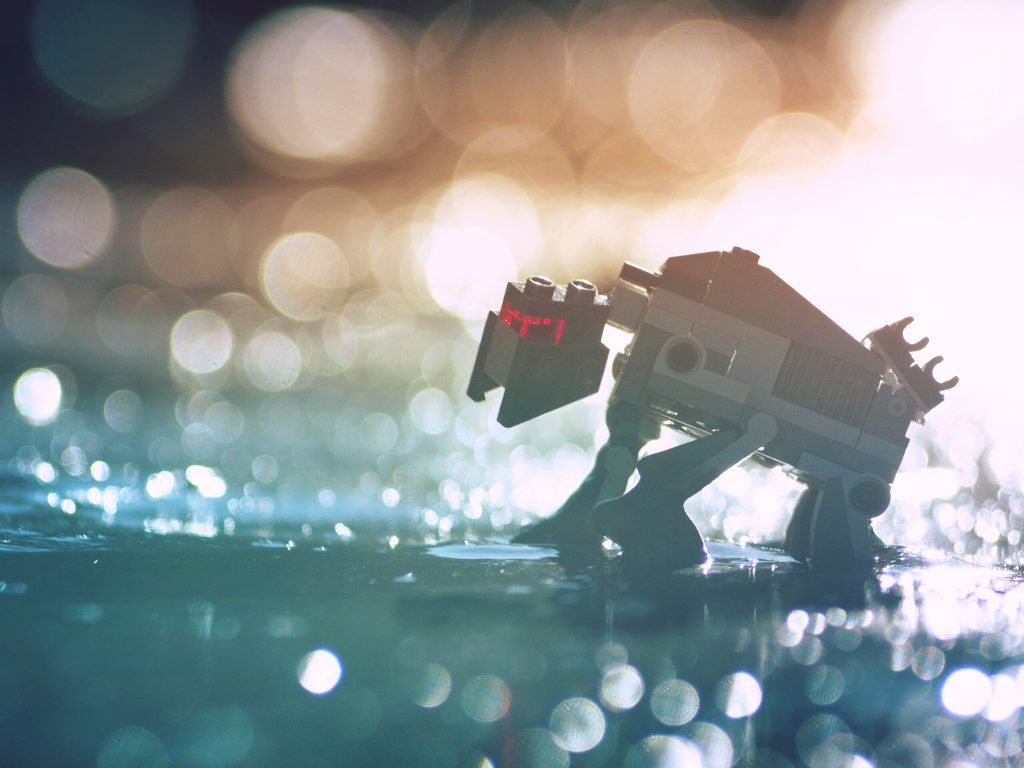
Tar Pit Trap
The fourth and last is the Minolta Rokkor 50mm f3.5 macro. I picked this lens up at a second hand lens shop for $50. This lens has the equivalent of a macro extension tube that can be attached for extreme closeup – or removed for standard macro. It’ll focus about an 1″ away from the lens – so it is perfect for tight situations. I highly recommend having a dedicated macro lens – especially for smaller toys.
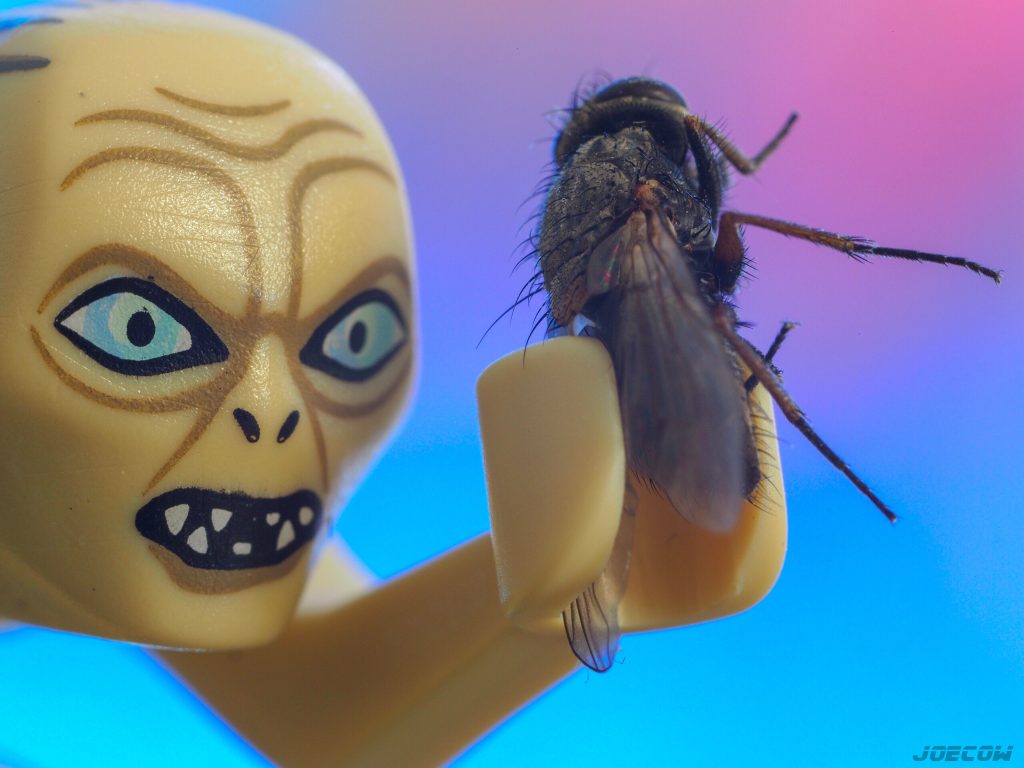
Gives it to Us Raw… and Buzzing!
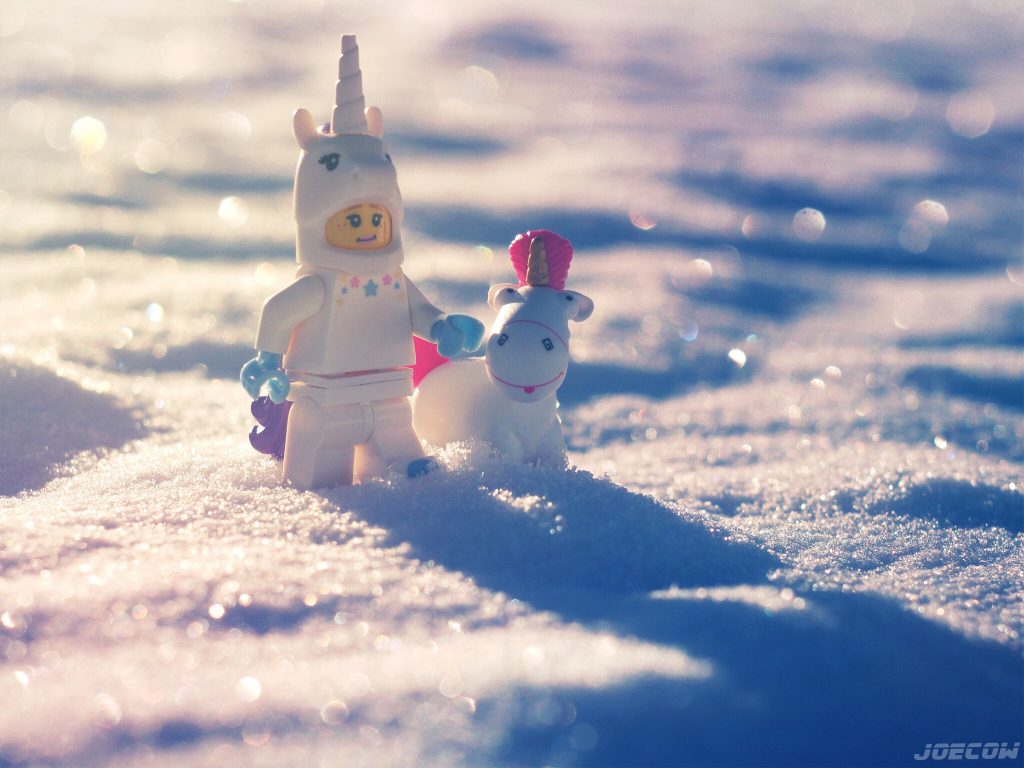
Enjoying the First Snow – Sparkles and Unicorns
Overall I find myself using my Vintage lenses far more than anything else. I do have some newer AF lenses in my arsenal that are perfect for capturing my five rambunctious kiddos, but for toy photography you can’t really beat the control and look of old glass. For the price of one cheap new lens you could have a whole set of awesome vintage glass at your disposal. All the money I save on lenses I get to use on toys!
~ Joecow
Do you have a favorite lens that you always shoot with? What do y’all think of vintage glass? Do you currently use any old lenses in your toy photography?



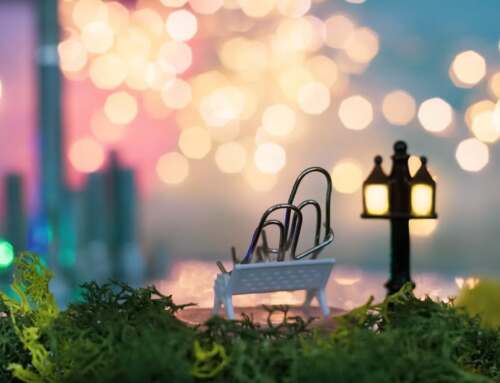
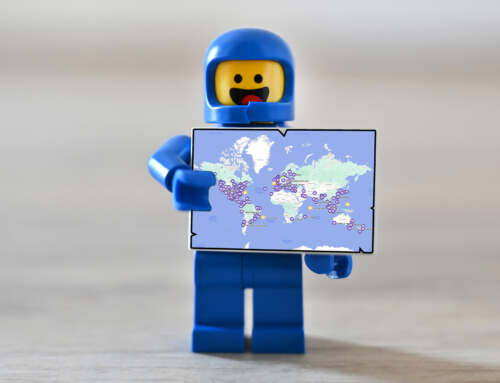
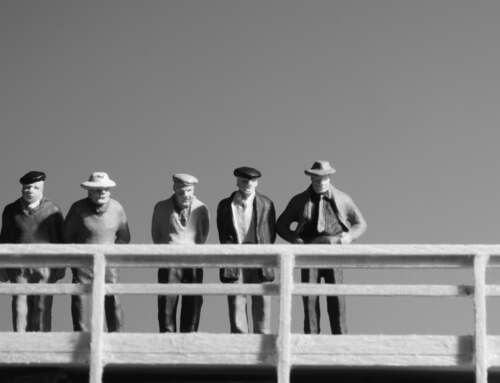
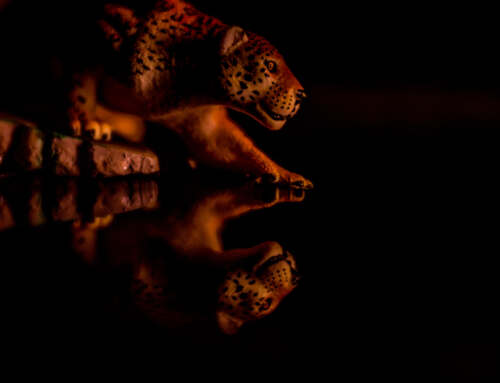
As you know, I agree 100% with your sentiment here. Even those lenses without bubbles, edge fall-off, haze, or a lack of multicoating have a unique ‘look’ to them. I always love seeing you make the most of vintage glass.
Yes – I’m glad you know your glass Tony! It’s refreshing to see folks who are more into photography than just having the going soccer ball mom cannon with zoom lens. Not to dis anyone – I started my toy photography with my phone and Shelly wrote a great article recently about the best camera being the one you have with you. But at the same time I really like to talk lenses and photography whether it’s with toys or really anything else for that matter.??
Vintage glass is awesome. I actually just ordered a replacement for my old Helios 44-2 58mm that had a little accident on a steep volcanic slope courtesy of my _former_ best friend.
Nikon’s 105 micro (new or vintage) is a sweet toy lens as well. It’s fantastic when you want a clean shot.
I’ll have to look into that Nikon 105 Micro – sounds intriguing. I always liked my nikons when I owned them back in the film days.
Those Helios 44-2 are built like tanks – you must’ve really dropped it hard… but hey – at least it ain’t $1500 or so down the drain!??